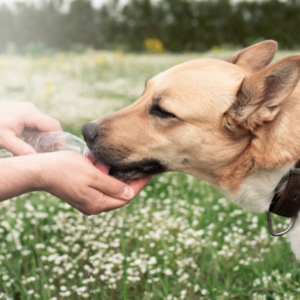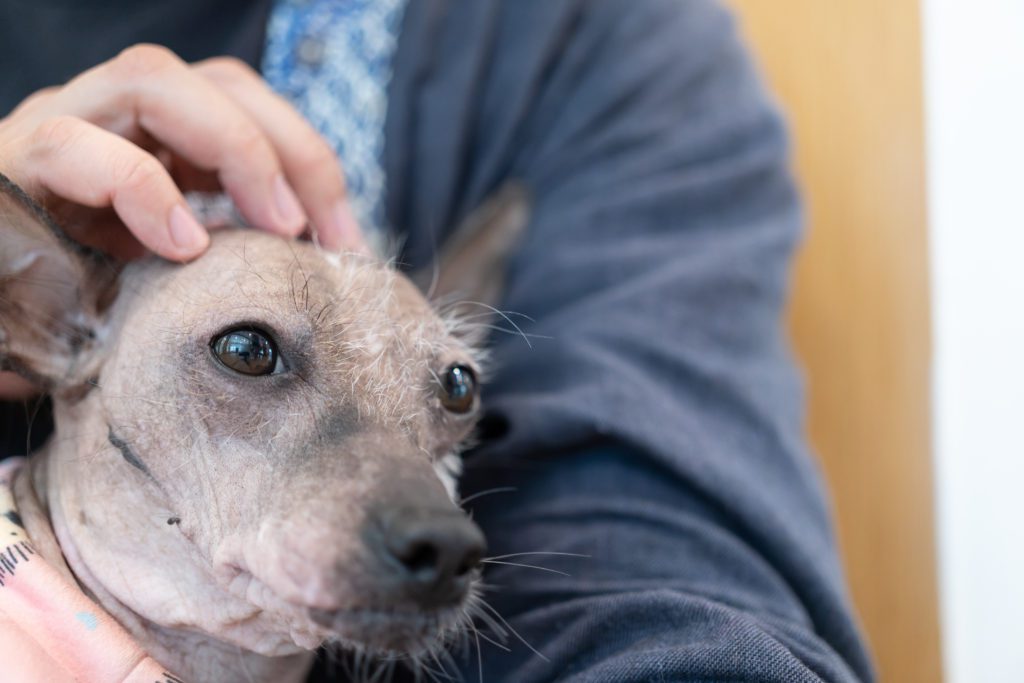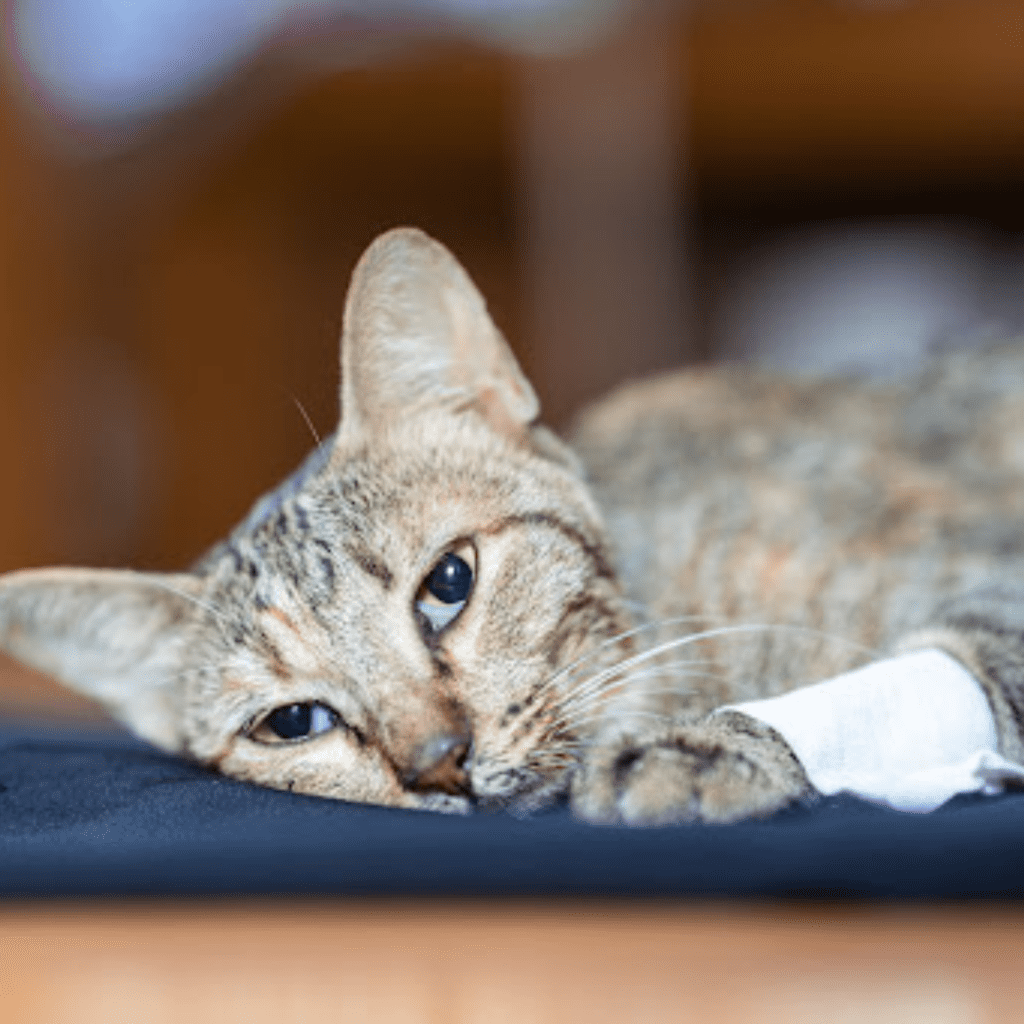Has anyone ever told you that you should drink half of your body weight in water to stay hydrated? Did you know that there is a similar methodology for animals, too? According to PetSafe, your pet should have a minimum of 1 ounce of water per pound of body weight each day. Sadly, many of us don’t know exactly how much our pets weigh and hydration is an afterthought. Many pet owners only think about it when their pet is showing signs of dehydration.
What is considered dehydration?
Technically, a pet is dehydrated when more fluid is used or lost than what is taken in, making the body unable to carry out normal functions. For cats and dogs, 80% of their body is made up of water which is essential for circulation, electrolyte balance, digestion, metabolism, organ function, and waste removal.
Signs of Dehydration
The quickest way to tell if an animal is dehydrated is to pinch loose skin; between its shoulder blades for a dog and on the side of the neck for a horse. If the skin stays put or slowly returns to normal, then the animal is most likely dehydrated. Other signs of dehydration include:
- Dry Mouth
- Excessive panting
- Appetite loss
- Confusion
- Depression
- Lack of coordination
- Lethargy
- Red, inflamed gums
- Respiratory trouble
- Seizures or collapsing
- Sunken eyes
What increases dehydration?
No matter what type of animal you have, there are going to be certain things that will increase the chances of dehydration or even make their current state of dehydration more severe.
- Temperature – the hotter the animal is, the more water its body will use.
- Activity – increased activity equates to more water being used by the body.
- Diarrhea and vomiting – when there are periods of this, an animal is most likely excreting more than they are taking in.
- Diabetes – when an animal has diabetes, the kidneys work overtime to filter out the excess sugar. The excess sugar is filtered out, taking along tissue fluid with it which is what causes dehydration.
- Fever – this causes water to burn off more quickly.
Tips for Keeping Your Animals Hydrated
Each animal is different. They all have different activity levels and requirements based on their diet and health.
Cats
Cat’s have a low thirst drive. Senior cats actually live mostly in dehydration. To help keep your cat hydrated:
- Provide a water fountain with moving water.
- Use wet food instead of dry.
Dogs
To help keep your dog hydrated:
- Make sure your dog always has a bowl, even on walks. Take a look at this portable dog bowl.
- Put toys in the water bowl.
Horses
To help keep your horse hydrated:
- Be sure to have a clean water source.
- Balance electrolytes based on their workload.
- Put a treat like apple juice in the water.
- Use their favorite bucket (for example, shallow vs deep).
- After exercise, put a small serving of grain in a shallow tub with water to encourage drinking.
- Provide salt in their diet to make them thirsty.
If you find that your animal is still not drinking enough, there could be an underlying issue. Using an animal communicator is a great way to get to the root of the problem. An animal communicator will interpret what your animal is saying so that you can have a better understanding of how they currently feel and can take proper action.




